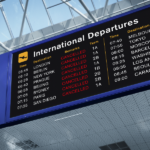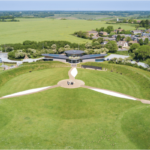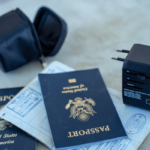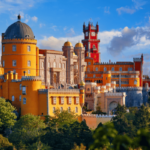Embark on a visual odyssey through France with our guide to photographing its breathtaking landscapes. From the lavender fields of Provence to the rugged coasts of Brittany, we’ll share insider tips to capture the essence of France’s diverse scenery. Ready your cameras for an adventure in framing France’s natural beauty and cultural elegance.
The Art of Capturing France: An Introduction
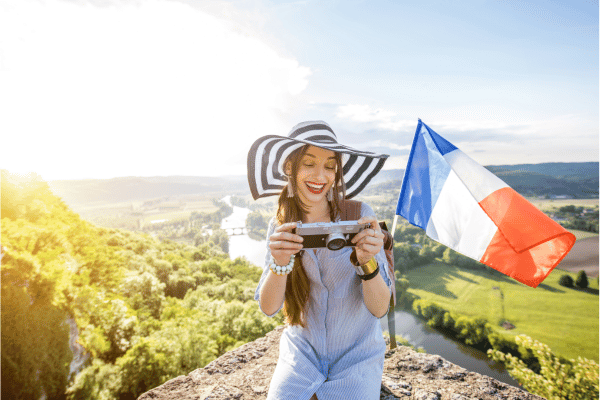
Photography in France is more than just snapping pictures; it’s about embracing the moment and the beauty that surrounds you. The country’s landscapes offer a canvas of diversity, inviting photographers to explore and experiment. Whether you’re gazing at the serene waters of Lake Annecy or the majestic peaks of the Alps, each location presents its own set of challenges and rewards, crafting a unique narrative through your lens.
Incorporating the local culture and environment into your photographs adds depth to your visual storytelling. The way morning light dances on the vineyards of Bordeaux or the evening sun sets the Seine River ablaze in Paris, provides a backdrop of dramatic contrasts and soft pastels. These elements, when captured thoughtfully, convey the soul of France, turning simple images into profound expressions of time and place.
Experimentation is key to capturing the essence of France’s landscapes. Playing with angles, perspectives, and lighting can transform the mundane into the extraordinary. A field of sunflowers at sunset might become a golden sea under the right conditions, while a misty morning in Normandy could unveil a hauntingly beautiful scene. Each photograph becomes a personal reflection of your journey through France, immortalizing your experiences in a way that words alone cannot convey.
Choosing the Right Gear for French Landscapes
Selecting the appropriate photography gear is crucial for capturing the diverse landscapes of France. A versatile camera that performs well in various lighting conditions is essential. For landscapes, a wide-angle lens can capture the expansive beauty of the French countryside, from the rolling hills of the Loire Valley to the dramatic coastlines of the Côte d’Azur, ensuring no part of the breathtaking scenery is left uncaptured.
Tripods are invaluable for landscape photography, providing stability for those early morning or late evening shots when the light is perfect, but the risk of camera shake is high. They’re particularly useful for long exposure shots, capturing the smooth flow of a waterfall in the Jura Mountains or the tranquil movement of clouds over the Pyrenees. A tripod also encourages a more thoughtful composition, allowing you to fine-tune your frame and capture the essence of the French landscape.
Don’t overlook the importance of filters; a polarizing filter can enhance the vibrant blues of the French Riviera’s sea or the lush greens of the Dordogne’s forests. ND filters, on the other hand, are perfect for managing the intense light of the Mediterranean sun, ensuring your photos retain detail and depth without being overexposed. With the right gear, each photograph can truly embody the magnificence of France’s natural wonders.
Mastering the Golden Hours: Sunrise and Sunset

The golden hours, just after sunrise and before sunset, are magical times for photographers in France. These moments offer soft, warm light that can transform the ordinary into the extraordinary. Capturing the Eiffel Tower as it basks in the early morning glow or the lavender fields of Provence lit by the setting sun can produce images with a surreal, dreamlike quality, imbued with vibrant colors and long, gentle shadows.
During these times, the landscape takes on a different character. The low angle of the sun accentuates textures and details, from the rough stones of ancient châteaux to the delicate veins of a vine leaf. This light can add depth and dimension to your photographs, highlighting features that might go unnoticed under the harsh midday sun. It’s an opportunity to capture France’s landscapes in their most flattering light, revealing the country’s natural beauty in full splendor.
To make the most of the golden hours, planning is key. Scouting your location in advance and understanding the sun’s path can help you anticipate the perfect shot. Whether it’s the reflection of Mont Saint-Michel in the tidal waters at dawn or the last rays of the sun setting the cliffs of Étretat aflame, being in the right place at the right time makes all the difference. With patience and preparation, the golden hours can yield the most rewarding photographic experiences in France.
Iconic French Scenery: Must-Visit Photo Spots
France is dotted with iconic landscapes that are a dream for any photographer. The majestic Mont Blanc offers unparalleled vistas of snow-capped peaks, while the Verdon Gorge presents dramatic cliffs and turquoise waters. Capturing these landmarks requires not just skill but an appreciation for France’s natural grandeur. Each location has its own story, waiting to be told through your lens.
The lavender fields of Provence are a must-visit, especially in the late summer months. The vibrant purple rows set against the backdrop of a golden sunset create a mesmerizing contrast. Similarly, the vineyards of Bordeaux during harvest season offer a tapestry of colors and textures. These spots are not just about the visual appeal; they embody the essence of French culture and lifestyle, making them perfect subjects for photography.
In cities, places like the streets of Montmartre in Paris or the historic docks of Marseille provide a blend of architectural beauty and human elements. Capturing the interplay of light and shadow on these facades, or the candid moments of daily life, can add depth to your travel portfolio. France’s diverse landscapes, from urban to rural, offer endless opportunities for photographers to capture breathtaking scenes.
Composition Techniques for Stunning Landscape Shots
Mastering composition is key to elevating your landscape photography, especially in a visually rich country like France. The rule of thirds can be a great starting point, positioning the horizon along one of the horizontal lines for balance. Incorporating leading lines, such as a winding path in the Loire Valley or rows of vines in Champagne, can guide the viewer’s eye through the image, adding depth and perspective.
Foreground interest can significantly enhance a landscape photo, adding depth and context. A cluster of wildflowers in the Alps or an ancient stone wall in Normandy can serve as compelling focal points. This technique invites the viewer into the scene, creating a sense of place. Experimenting with different angles and elevations can also reveal unique compositions that capture the essence of France’s diverse landscapes.
Paying attention to symmetry and patterns can also yield striking images, particularly in man-made landscapes. The geometric vineyards of Burgundy or the symmetric gardens of Versailles offer opportunities to capture the harmony between nature and design. Balancing these elements within your frame can create a visually pleasing and impactful photograph that encapsulates the beauty and order of French landscapes.
Navigating the Weather: Tips for Every Season
Photographing France’s landscapes means being prepared for its diverse weather conditions. Autumn brings a palette of warm colors, perfect for capturing the changing foliage in the Dordogne or the misty mornings in Alsace. Dressing in layers and protecting your gear from occasional showers will ensure you’re ready to seize every photo opportunity this season offers.
Winter, with its snow-capped mountains and frosted villages, presents a wonderland for photographers. The Alps and Pyrenees are particularly breathtaking, offering snowy scenes straight out of a fairy tale. However, cold temperatures demand not only warm clothing but also special care for your camera batteries, which can drain quickly in the cold. Keeping spare batteries warm and close to your body can help prolong their life.
Spring and summer bring longer days and a different set of challenges, especially the harsh midday sun that can lead to overexposed photos. Using a polarizing filter can help manage reflections and enhance the vibrant greens of spring or the deep blues of the summer sky. Early mornings and late afternoons continue to provide the soft, golden light ideal for landscape photography, making any season in France a potential masterpiece waiting to be captured.
Capturing the Essence of French Culture in Your Photos
Photographing France isn’t just about the landscapes; it’s also about capturing the essence of its rich culture. Markets bustling with local produce and streets lined with historic cafés offer a glimpse into the French way of life. Taking time to observe and interact with these scenes can lead to authentic and compelling images that tell a story beyond the visual.
Festivals and local celebrations are particularly vibrant subjects. From the lively streets of Nice during Carnival to the solemn beauty of Remembrance Day in Normandy, these events are steeped in tradition and emotion. Capturing these moments requires a respectful approach, blending into the background to document the event without intruding. This sensitivity can lead to powerful images that resonate with the cultural significance of the moment.
Incorporating elements of French architecture and art in your photos can also add a layer of depth. The juxtaposition of a modern art installation against the classical backdrop of Paris, or the intricate details of a Gothic cathedral, can create a dynamic contrast. These elements highlight the diverse cultural heritage of France, offering a broader narrative of its historical and contemporary artistic landscape.
Night Photography in France: City Lights to Starry Nights
France transforms as the sun sets, offering a new realm for photographers. The country’s cities, with their illuminated landmarks and vibrant street life, provide a dynamic playground for night photography. Capturing the Eiffel Tower’s sparkling lights or the moody ambience of a Lyon bistro requires adjusting your camera settings to accommodate the lower light, embracing the challenge to reveal the nocturnal beauty of urban France.
Venturing into the countryside, the night sky presents a different spectacle. Places like the Provence region, away from city lights, are ideal for astrophotography. Capturing the Milky Way arching over a lavender field or an ancient stone farmhouse can create mesmerizing compositions. This contrast between the rural calm and the cosmic activity above adds a profound dimension to your photography, showcasing the serene beauty of France’s natural landscapes under the stars.
To succeed in night photography, a tripod becomes your indispensable companion, ensuring stability for long exposures that capture the essence of France’s nightscapes. Experimenting with shutter speeds and apertures can lead to creative outcomes, from light trails on Parisian boulevards to the subtle textures of a moonlit vineyard. Night photography in France invites you to explore the interplay of light and darkness, uncovering scenes that tell a captivating story of the country’s dual character.
The Role of Post-Processing in Enhancing Your Shots

Post-processing plays a pivotal role in bringing your French landscape photographs to life. Adjusting the contrast, saturation, and sharpness can help highlight the unique qualities of France’s terrain, from the vivid hues of Provencal lavender fields to the rugged textures of the Brittany coast. This stage of photography allows you to refine your vision, ensuring that the final image aligns with the moment you sought to capture.
Incorporating techniques like HDR (High Dynamic Range) can be particularly effective in scenes with varied lighting, such as the sun setting behind the peaks of the French Alps. This method combines multiple exposures to create a single image with balanced lighting, capturing the depth and detail often lost in challenging light conditions. It’s a way to convey the true splendor of France’s landscapes, preserving the dynamic range that the human eye can see but the camera often misses.
Furthermore, selective editing can draw attention to specific elements of a scene, guiding the viewer’s eye and enhancing the storytelling aspect of your photograph. Whether it’s emphasizing the delicate morning mist over a vineyard or the warm glow of a street lamp on a Parisian evening, these subtle adjustments can significantly impact the mood and narrative of your images. Post-processing is not just about correction; it’s an art form that complements your in-field techniques, culminating in a photograph that truly encapsulates the essence of French landscapes.
Creating a Narrative: Telling Stories Through Your Photos
Every photograph you take in France has the potential to tell a story, turning your collection into a vivid narrative of your journey. It’s about more than just capturing a scene; it’s about conveying the emotions and atmosphere of the moment. Whether it’s the serene tranquility of a morning in the Loire Valley or the bustling energy of a market in Marseille, your images can encapsulate the diverse experiences that France offers.
To craft this narrative, consider the sequence of your photos, creating a flow that guides the viewer through your adventure. Start with the grand landscapes that set the scene, then move to the details that offer a glimpse into daily life, like a close-up of a patisserie window in Paris or the worn steps of a medieval castle. This progression from the general to the specific invites the audience to delve deeper into the story, building a connection with the places and people you encountered.
Lastly, infuse your personal perspective into your photographs. Your unique viewpoint is what sets your story apart. The way you frame a sunset in Nice or capture a quiet moment in a Burgundy vineyard reflects your artistic vision. It’s this personal touch that transforms a series of photographs into a compelling narrative, making your trip to France an unforgettable tale told through your lens.
Conclusion
Embarking on a photographic journey through France offers an unparalleled opportunity to capture the essence of one of the world’s most picturesque countries. From the golden hues of autumn vineyards to the soft lavender fields of summer, each season unfolds a new chapter in France’s visual story. Armed with the right gear, an understanding of composition, and a keen eye for the fleeting moments, your photographs can transcend mere images to become vivid narratives of your travels.
The key to photographing France’s breathtaking landscapes lies not only in technical prowess but also in the ability to weave the subtle threads of light, shadow, and color into a cohesive tapestry. Embracing the golden hours, navigating the diverse weather, and exploring both iconic and hidden locales allow for a rich palette from which to draw. It’s through this diverse array of experiences that your portfolio will grow, not just in quantity, but in the depth and breadth of stories told.
In conclusion, capturing France through your lens is an adventure that extends beyond the shutter click. It’s a journey of discovery, where each photograph is a testament to the beauty and soul of the French landscape. With every shot, you’re not just framing a scene; you’re capturing a moment in time, forever preserving the enchanting allure of France.
I. Frenquently Asked Questions About France
- What's the best time to visit France?The best time to visit France is during the spring (April to June) or fall (September to November) when the weather is pleasant, and tourist crowds are smaller.
- Do I need to speak French to visit France?While not mandatory, knowing basic French phrases can enhance your experience. Many French people appreciate when visitors make an effort to speak their language.
- What are the must-visit places in France?Must-visit places include Paris for its iconic landmarks, the Loire Valley for its chateaux, Provence for its lavender fields, and Normandy for its historic sites.
- Can you recommend some French cuisine to try?Definitely try dishes like Coq au vin, Bouillabaisse, Ratatouille, and don't forget the croissants and macarons for dessert.
- What's the best way to travel around France?The train system in France is efficient and covers most of the country, including high-speed TGV lines. Renting a car is best for exploring rural areas.
- How can I avoid tourist scams in France?Stay alert in crowded places, don't accept unsolicited help at ATMs, and be cautious of overly friendly strangers offering deals or gifts.
- What are some tips for dining out in France?Remember that meal times are typically later than in the U.S., tipping is not mandatory but appreciated, and making a reservation is advisable for popular restaurants.
- What should I pack for a trip to France?Pack comfortable walking shoes, a plug adapter for European outlets, layers for changing weather, and a chic outfit if you plan to dine in upscale restaurants.
- Are there any cultural etiquettes I should be aware of?Greeting with a light kiss on both cheeks is common, always say "Bonjour" when entering a shop, and it's polite to ask "Parlez-vous anglais?" before speaking in English.
- What are some unique experiences to have in France?Explore the wine regions, visit local markets, take a cooking class to learn French cuisine, and enjoy a river cruise on the Seine.
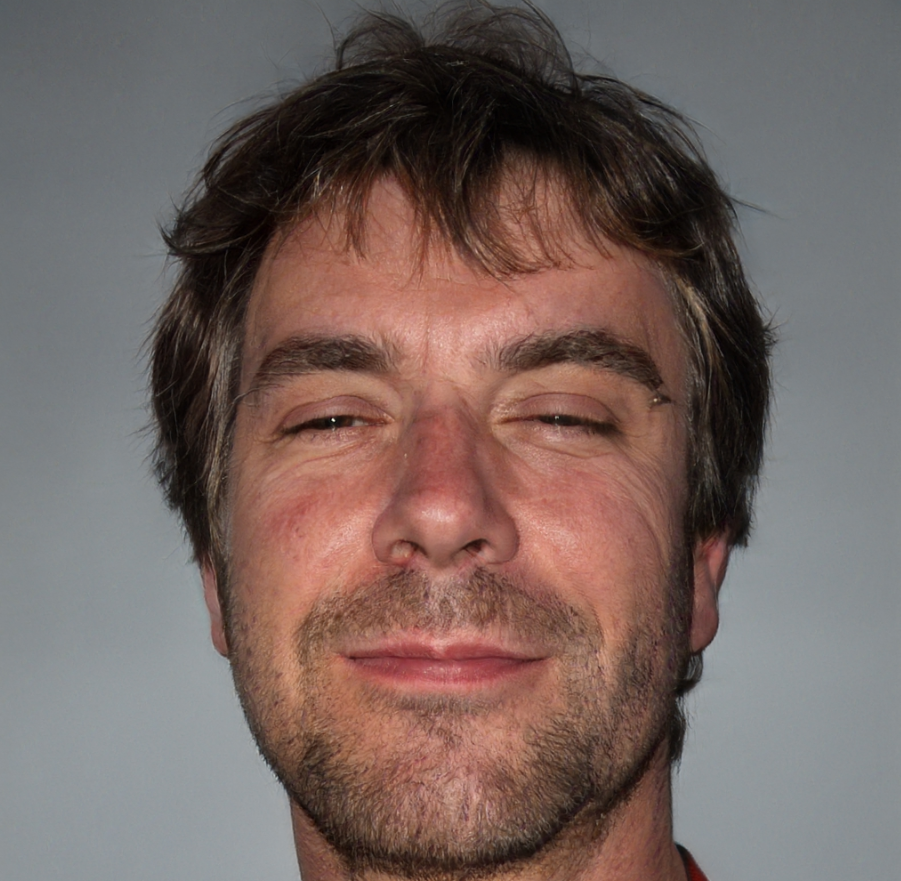
Ryan Taylor, a seasoned traveler with over a decade of experience exploring Europe’s nooks and crannies, offers a wealth of knowledge and unique insights into the continent’s diverse cultures and landscapes. His passion for travel began in his early twenties, and since then, Ryan has journeyed through numerous European countries, collecting stories, tips, and a deep understanding of each destination’s unique charm. His blog entries are not just guides but narratives enriched with personal experiences, making every recommendation and piece of advice relatable and practical for fellow travel enthusiasts. With a keen eye for hidden gems and a love for sharing his adventures, Ryan’s writings are a treasure trove for anyone seeking to discover the beauty and richness of Europe.


